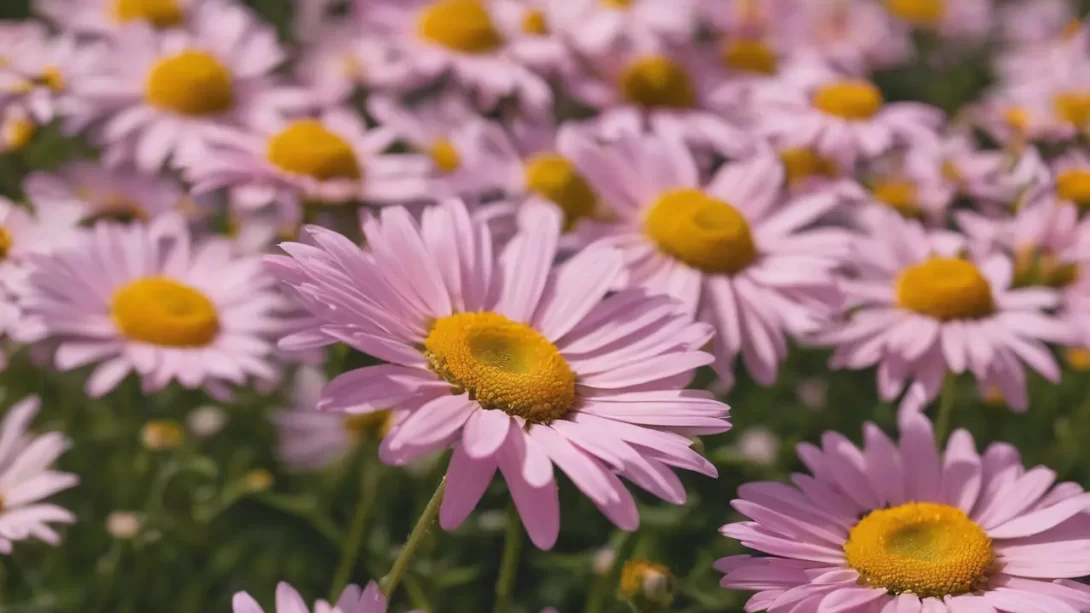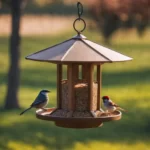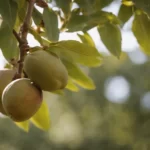Daisies, with their iconic and cheerful blooms, are a staple in many gardens. These flowers not only add beauty but are also relatively easy to care for. An important aspect of maintaining healthy and vibrant daisies is deadheading, a simple gardening practice that can significantly impact their growth and flowering. This article explores whether daisies should be deadheaded and the benefits of this practice.
What is Deadheading?
Deadheading is the process of removing spent or faded flowers from a plant. This practice is done to improve a plant’s appearance, encourage more blooms, and sometimes prevent unwanted seed dispersal. When deadheading, the flower stem is typically cut back to just above the next set of leaves or a new flower bud. This technique can prompt the plant to redirect its energy from seed production to creating new blooms and foliage, leading to a more vigorous and attractive plant.
Daisies
Daisies belong to a large family of plants and come in various species, each with its unique flowering habits and care requirements. Common varieties include the Shasta daisy, Gerbera daisy, and the classic wild daisy. These plants generally have a prolific bloom period, producing cheerful flowers that can be single or double-petaled. Daisies typically flower from early summer to fall, depending on the variety and growing conditions. Understanding the specific type of daisy in your garden is crucial for proper care, including deadheading practices.
The Benefits of Deadheading Daisies
Deadheading daisies can yield several benefits that enhance both the health and aesthetic appeal of these plants. Firstly, it encourages the plant to produce more flowers. By removing spent blooms, the plant is stimulated to redirect its energy into creating new buds rather than developing seeds. This can result in a more extended flowering season and a fuller, more vibrant display. Additionally, deadheading can improve the overall health of the daisy plant by preventing disease and pest infestations often attracted to decaying or fading flowers.
How to Deadhead Daisies
Deadheading daisies is a straightforward process that can be easily incorporated into routine garden maintenance. The best time to deadhead is when you notice the flowers beginning to wilt or fade. Using a pair of clean, sharp pruning shears or scissors, cut the flower stem back to the base of the plant or to the next bud or leaf set. It’s important to make clean cuts to minimize damage to the plant and reduce the risk of disease. Regularly inspecting your daisies and removing old blooms will keep your plants looking tidy and encourage a continuous display of flowers.
What Happens If You Don’t Deadhead Daisies?
If daisies are not deadheaded, they will naturally progress through their lifecycle, which includes seed production. Once the flowers fade, they will develop seeds, and the plant’s energy will be focused on this process rather than producing new blooms. This can result in a shorter blooming period and a less vigorous plant overall. Additionally, allowing daisies to seed can lead to self-sowing, where the plants spread and grow in other areas of the garden, which might not be desirable for all gardeners. Understanding these consequences can help you decide whether deadheading fits into your garden management plan.
Balancing Natural Beauty with Garden Maintenance
While deadheading can enhance the appearance and bloom of daisies, some gardeners prefer a more natural approach. Allowing daisies to complete their natural lifecycle, including seed formation, can provide a different kind of beauty and interest in the garden. Seeds can attract birds and other wildlife, adding to the biodiversity of the garden. Furthermore, self-sown daisies can create a charming, wildflower-like effect the following season. Gardeners should consider their aesthetic preferences and the desired level of maintenance when deciding whether to deadhead their daisies.
Incorporating Deadheading Into Garden Routines
For those who choose to deadhead, incorporating this task into regular garden routines can make it a manageable part of overall maintenance. Setting aside time weekly to inspect and deadhead plants can be a relaxing and enjoyable gardening activity, offering a chance to closely observe the health and growth of your plants. This routine also allows for the early detection of any potential issues such as pests or diseases.
Conclusion
Whether or not to deadhead daisies depends on individual gardening goals and preferences. Deadheading encourages more blooms and a tidier appearance, while not deadheading allows for a more natural look and can attract wildlife. Both approaches have their unique benefits, and understanding these can help gardeners make informed decisions for their garden care. Ultimately, the choice of whether to deadhead should align with the gardener’s vision for their garden’s aesthetic and ecological balance.



